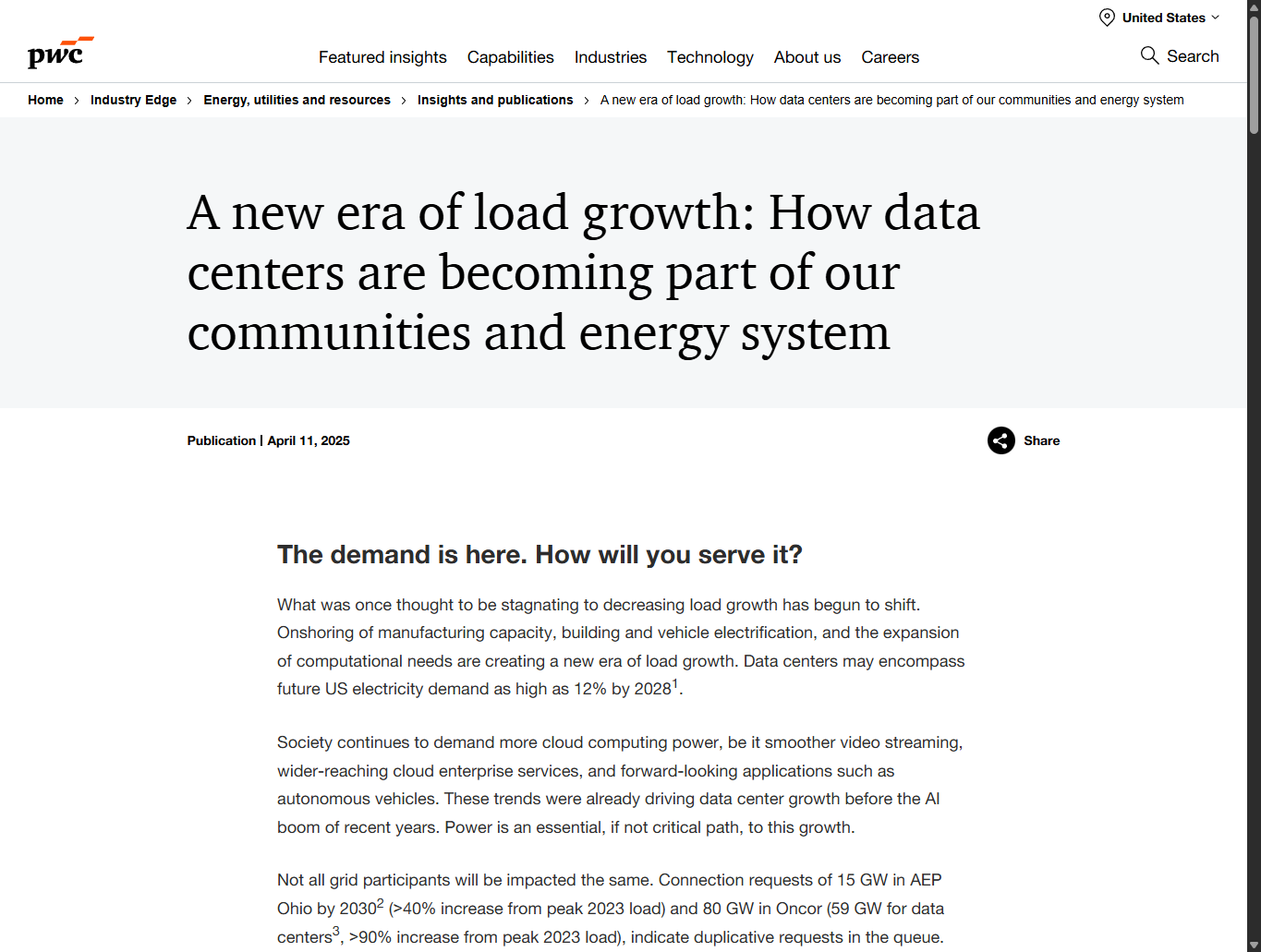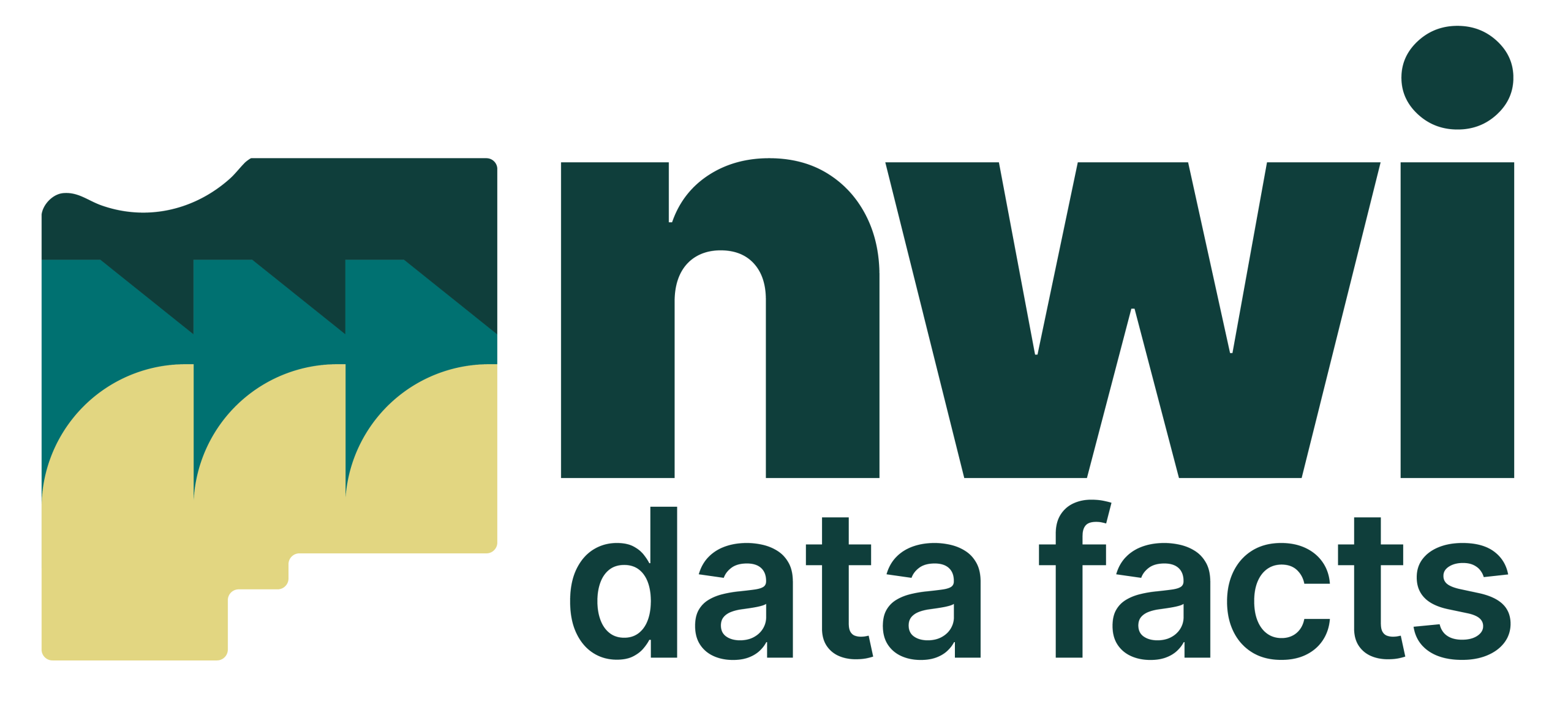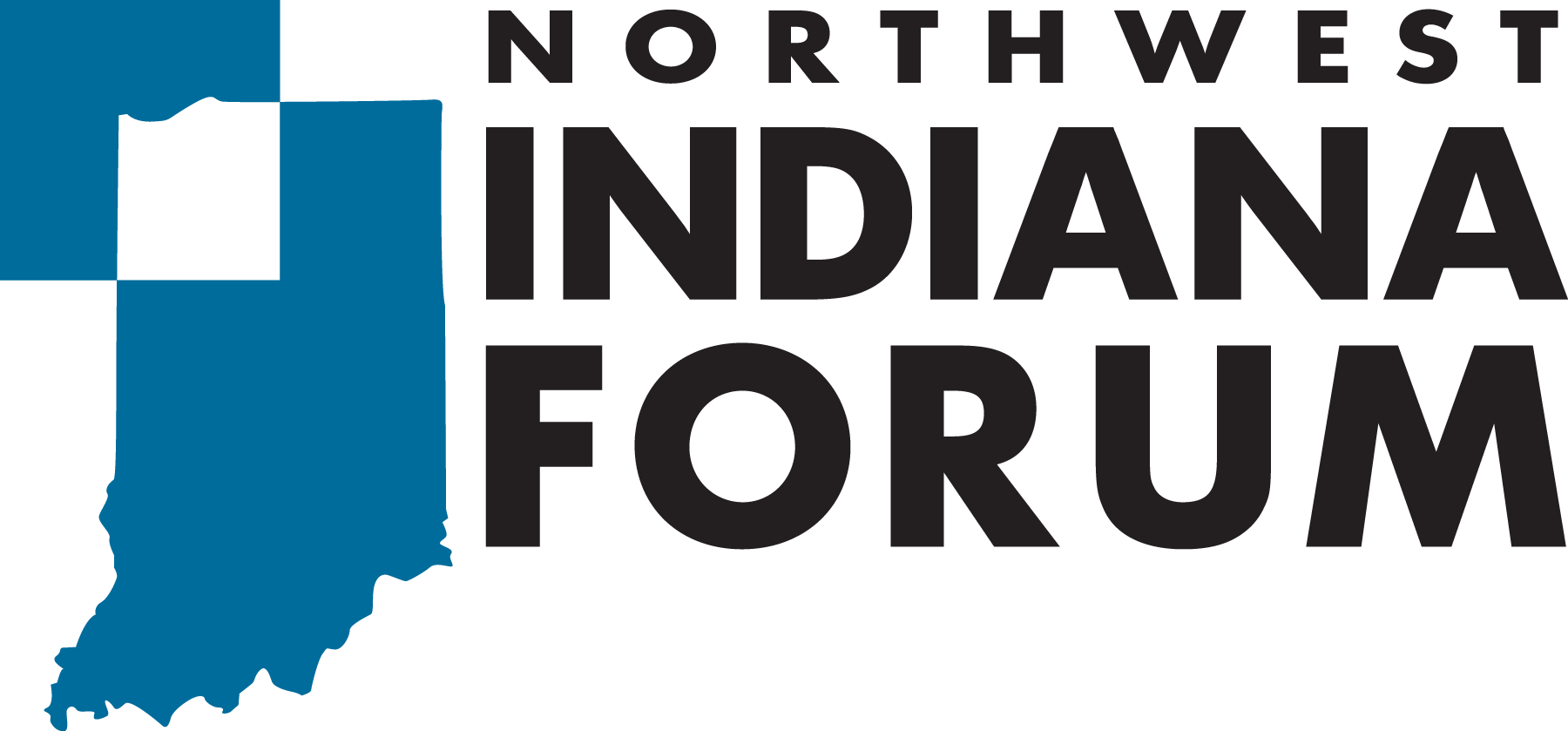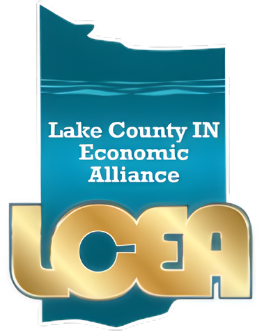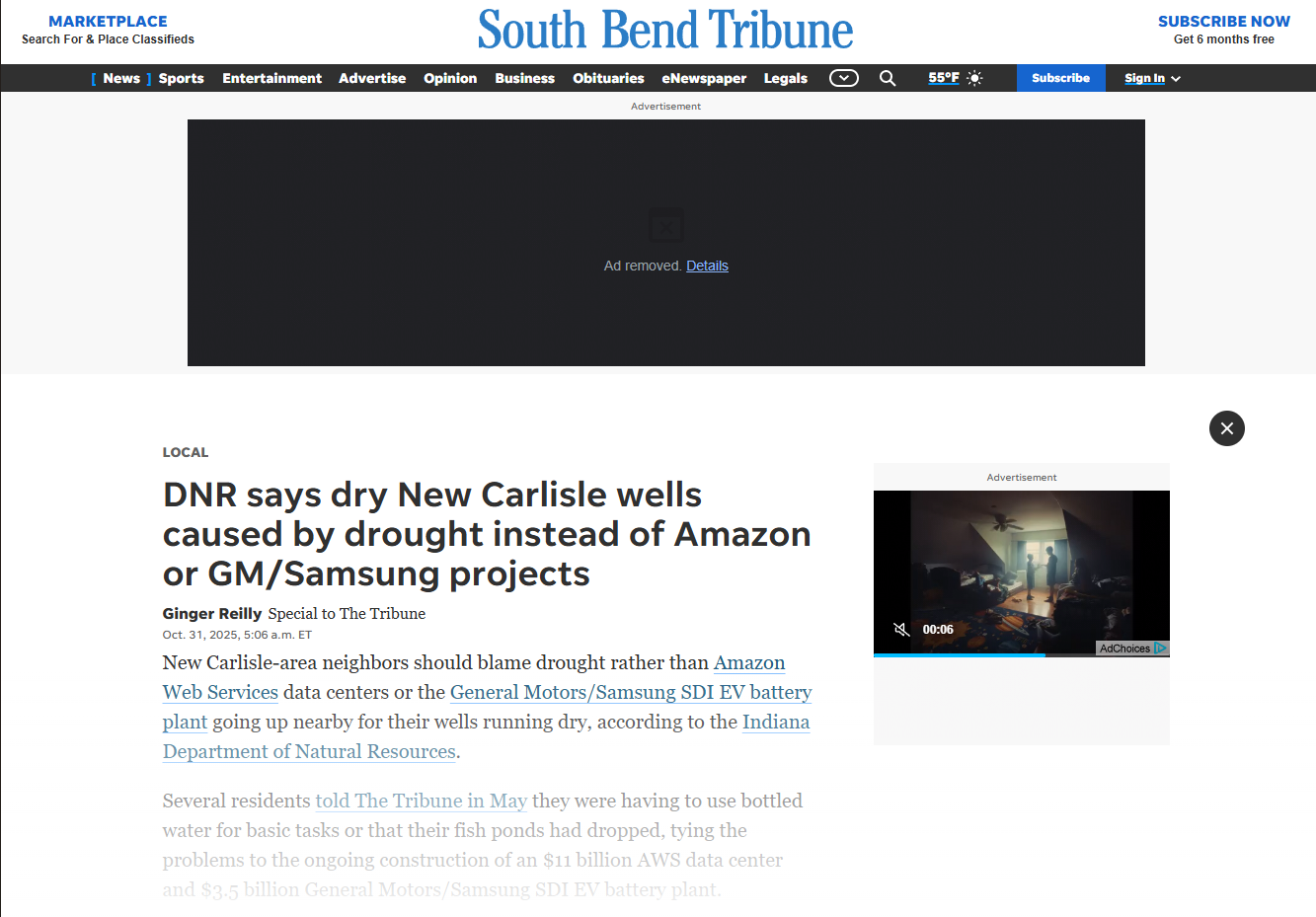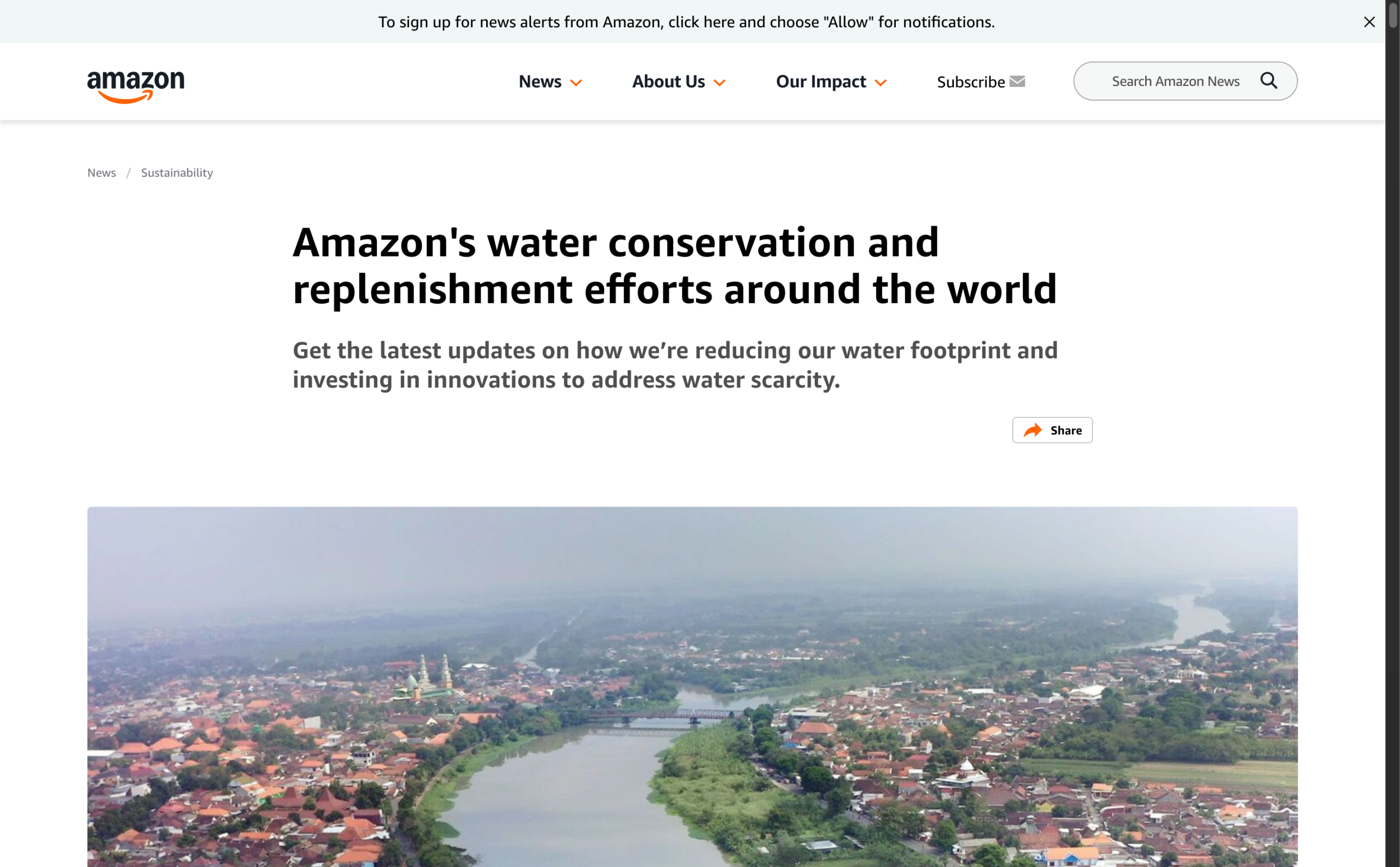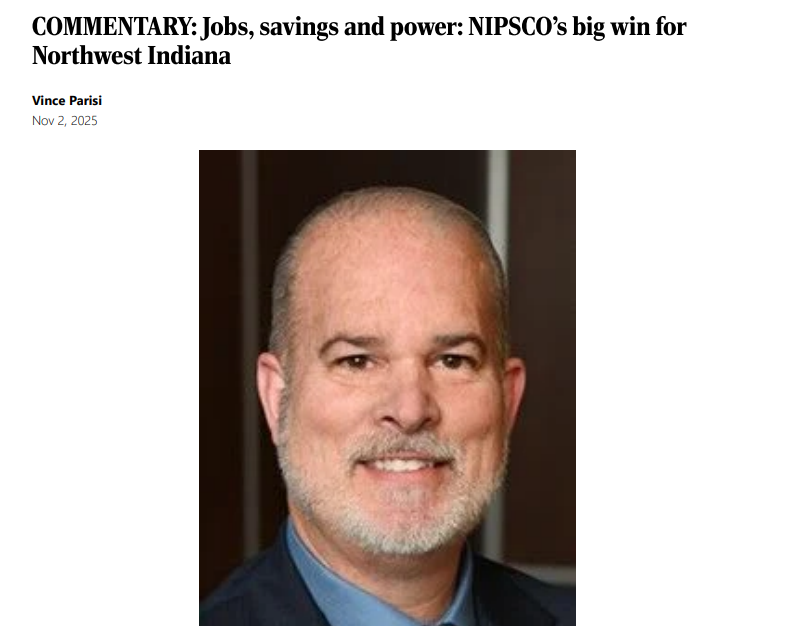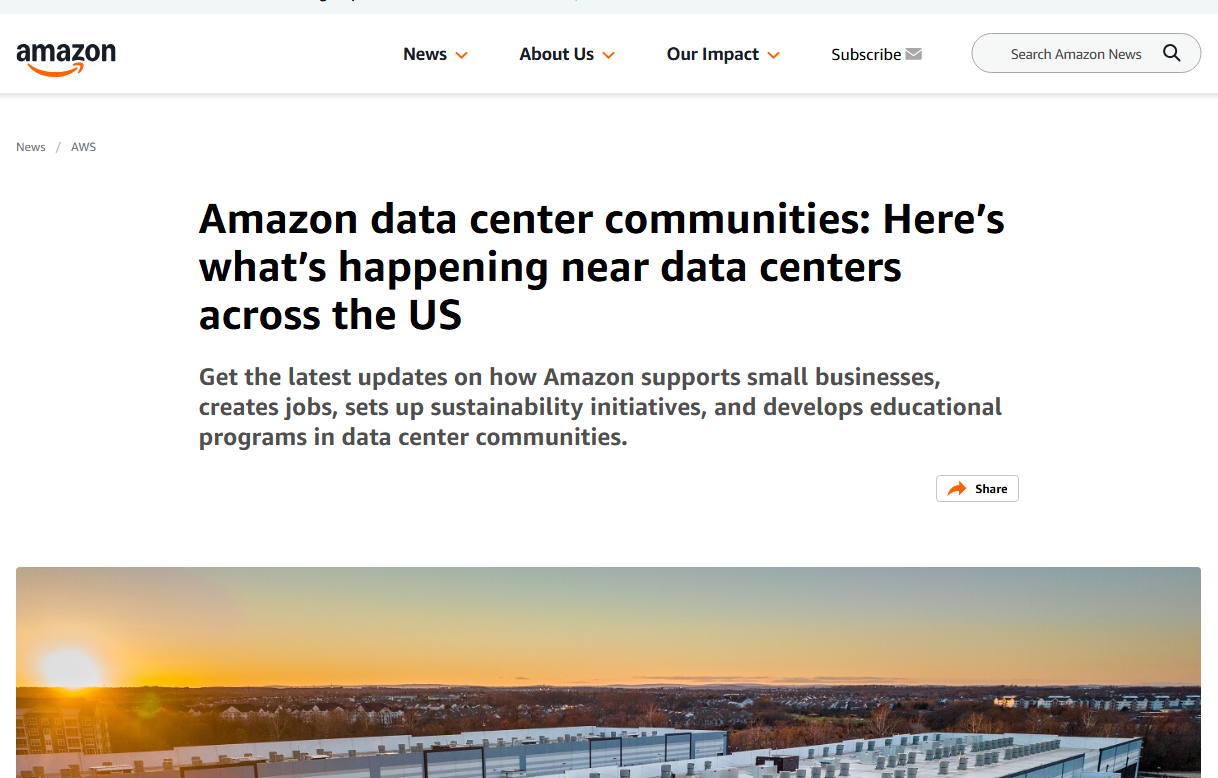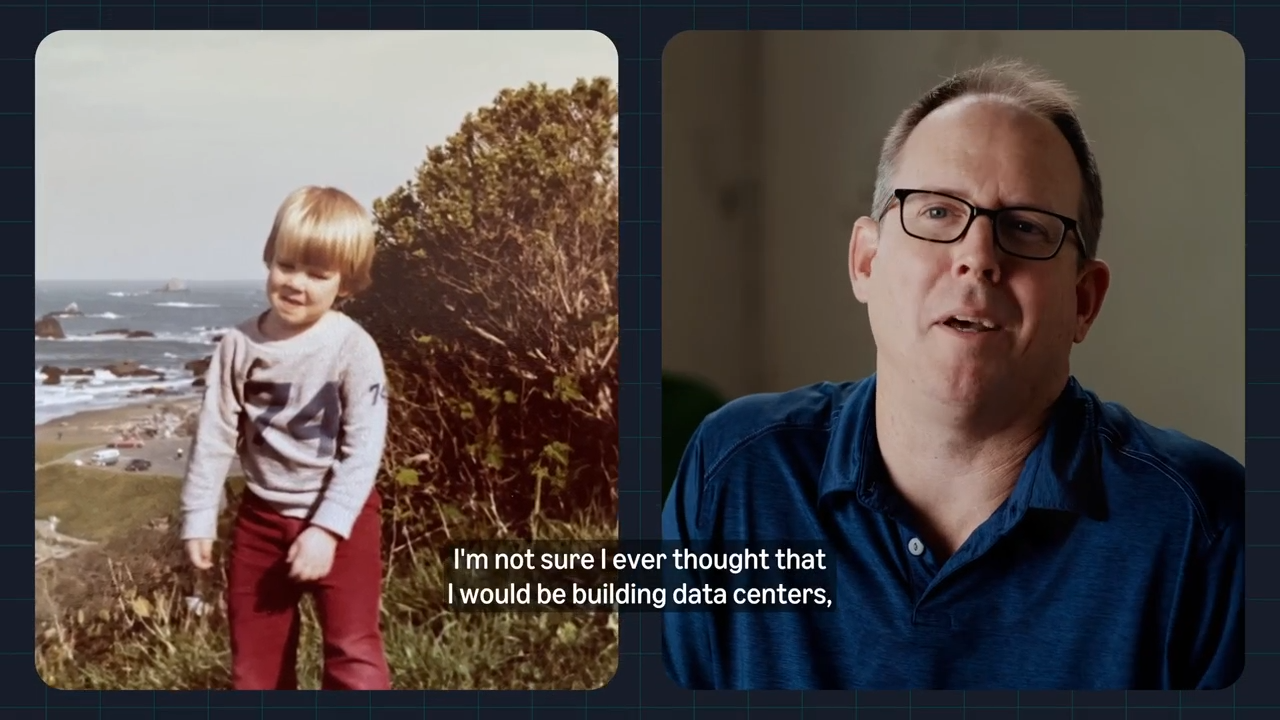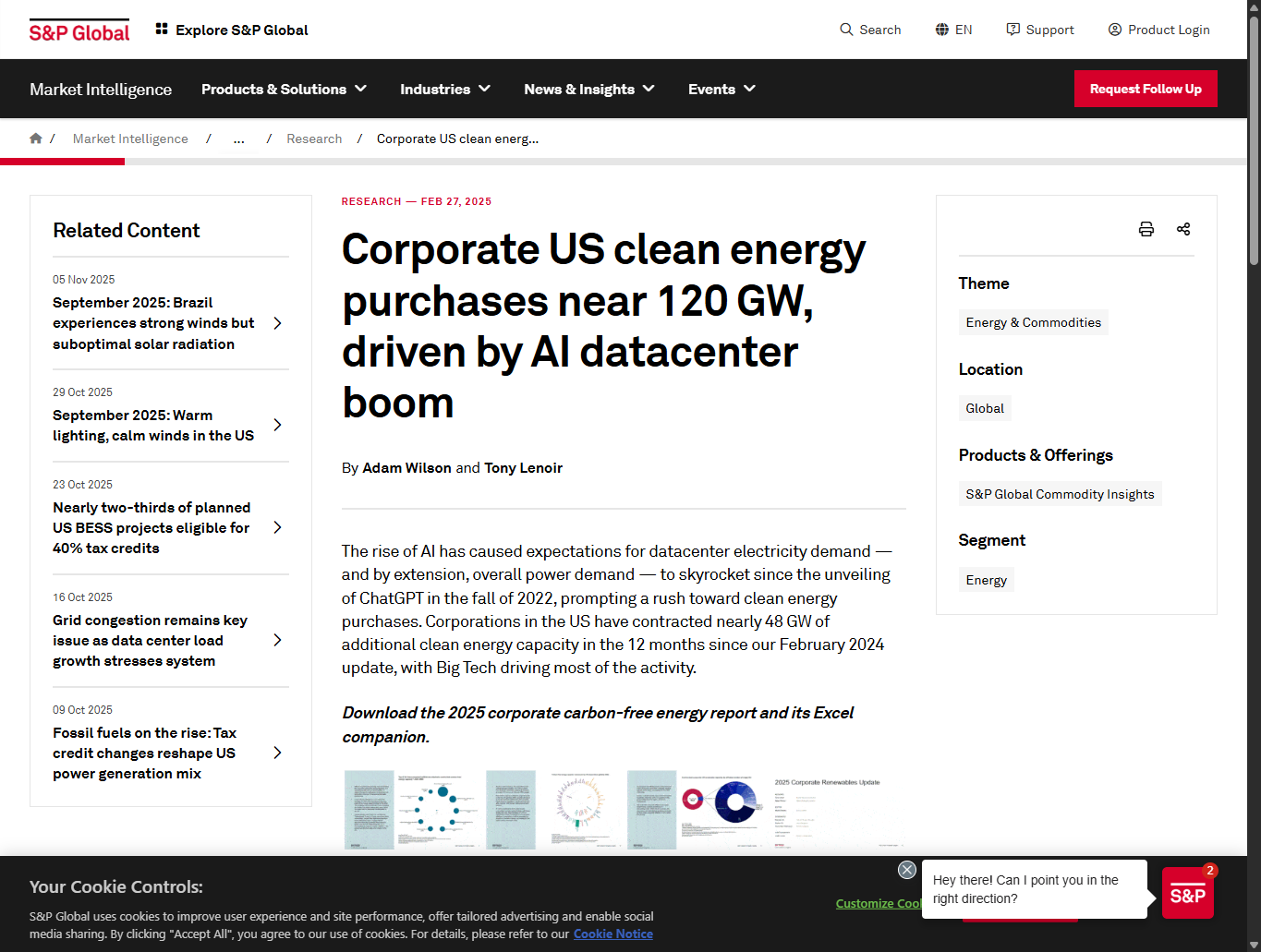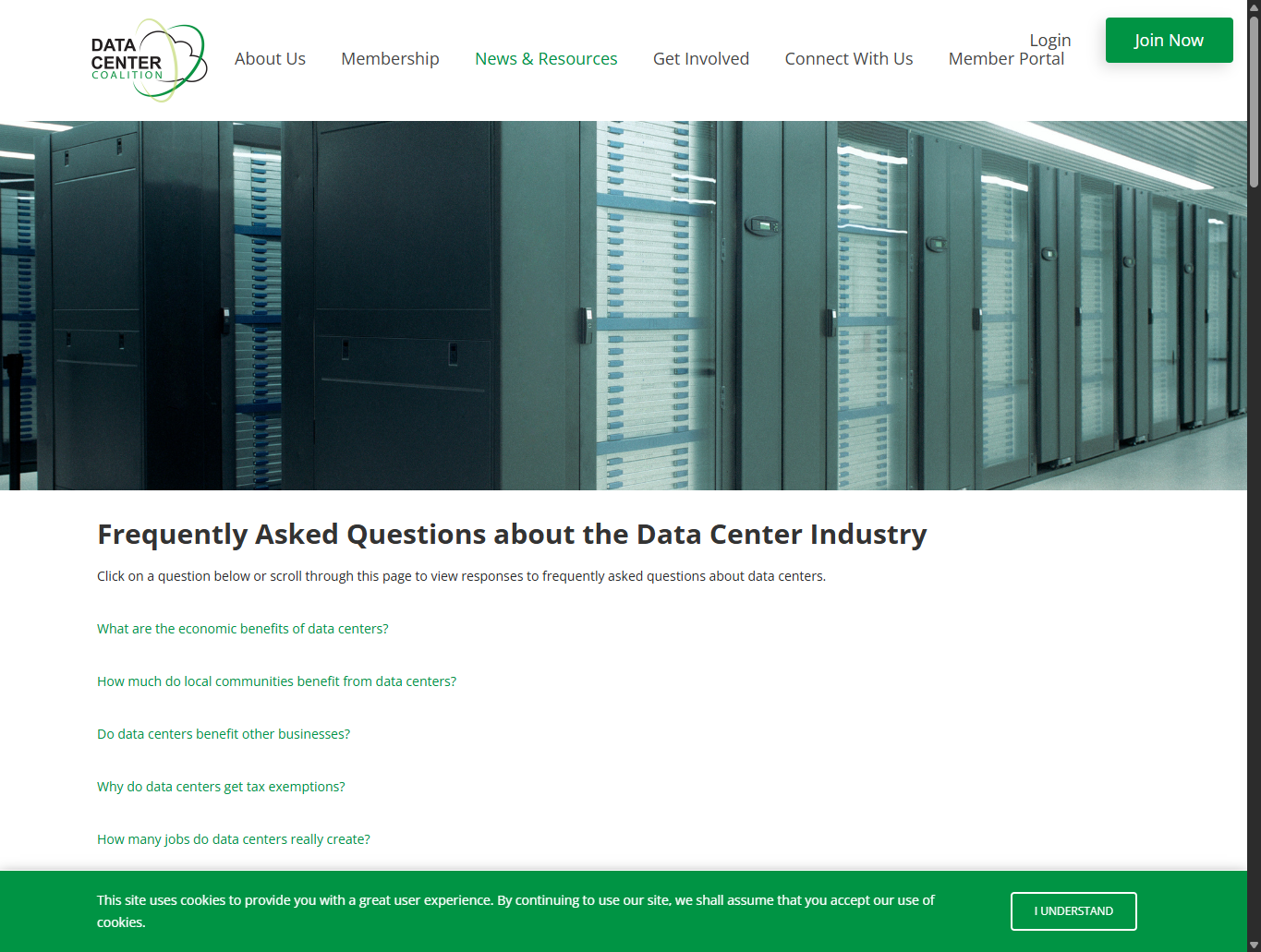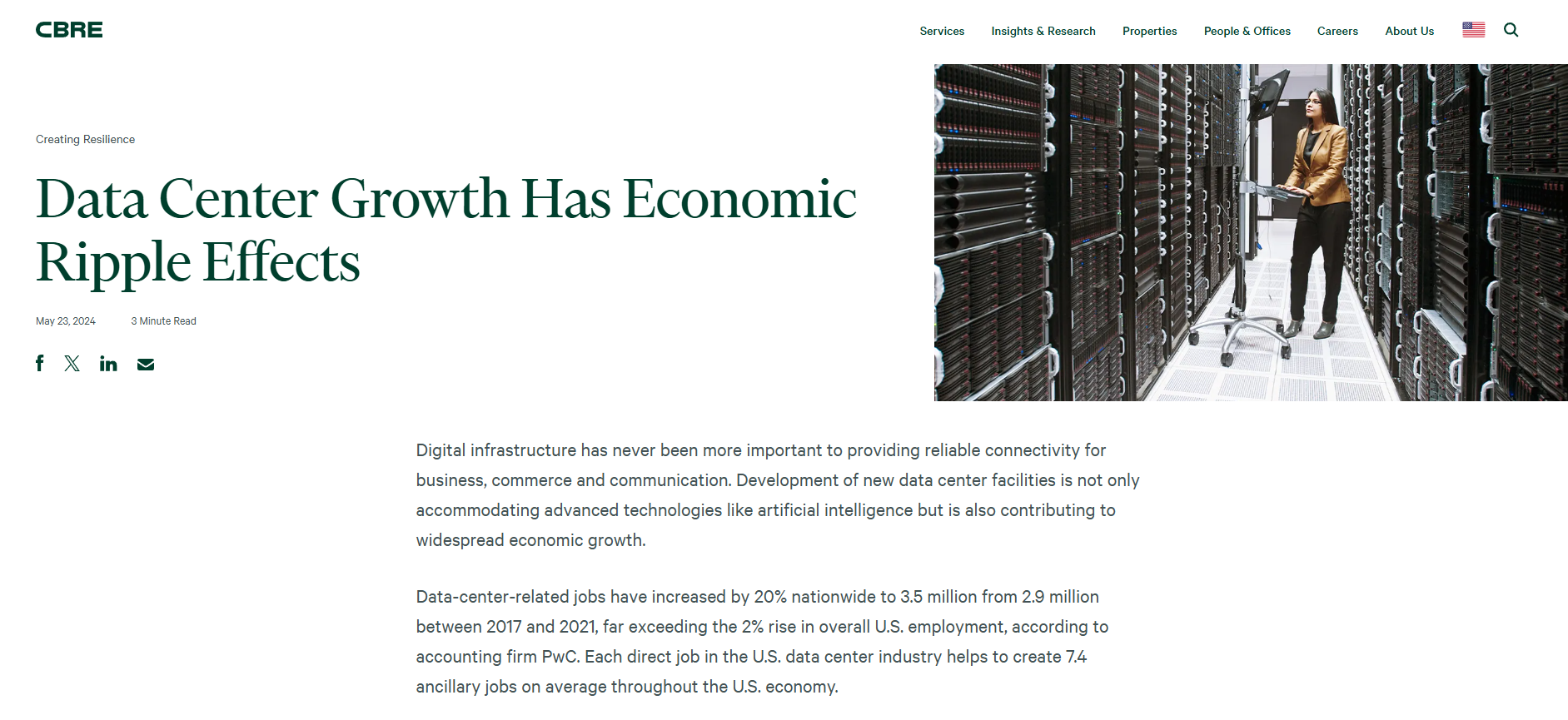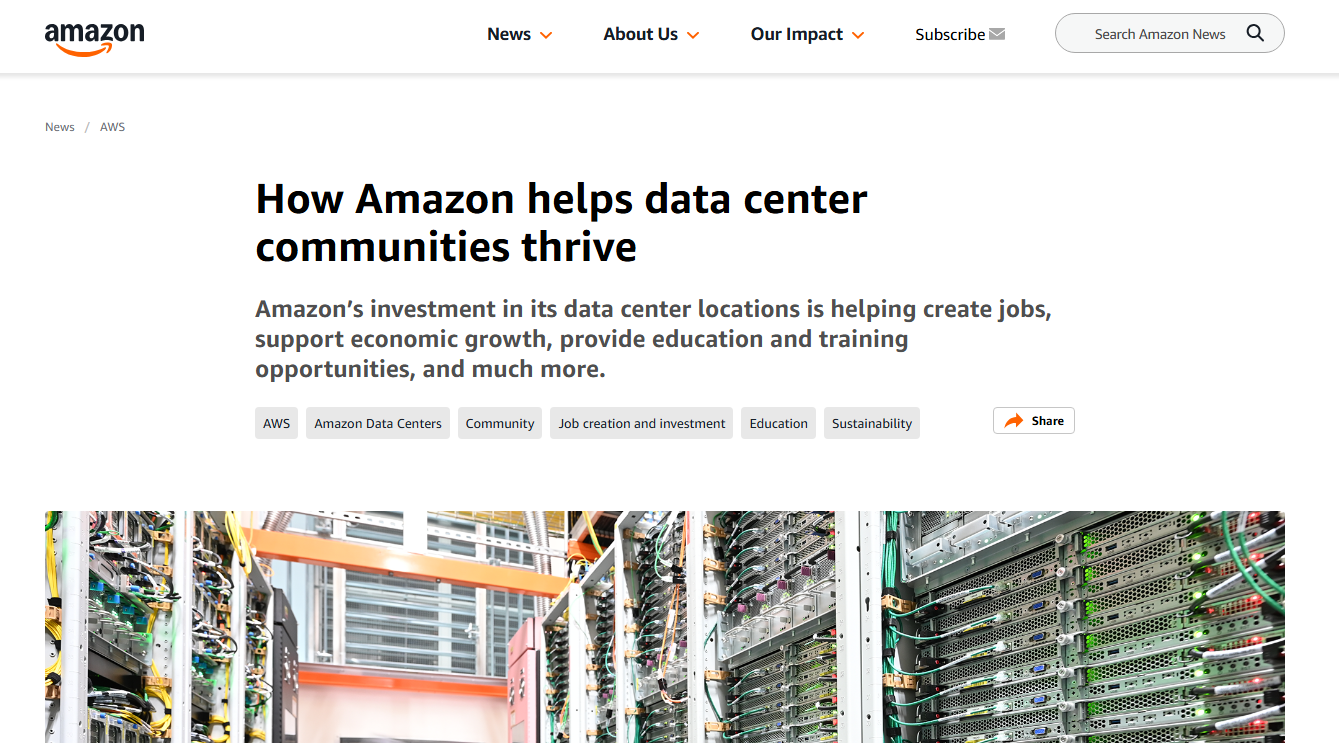[ The What ]
What Are Data Centers?
A data center is like a giant library for the internet. Instead of books, it stores websites, videos, and apps so people can access them anytime. They power nearly everything we do online: streaming, shopping, learning, banking, and connecting with others. Every time you use ChatGPT to summarize your meeting, a data center is put to good use.
[ WHY IT MATTERS ]
Understanding how data centers impact power, water, jobs, and infrastructure helps Northwest Indiana plan for balanced, sustainable growth.
When everyone has access to the same reliable information, it’s easier to plan together. Data centers are part of the future of infrastructure, and understanding them helps leaders, residents, and businesses make informed choices for balanced growth.
15+
gigawatts of renewable energy is added globally through tech company investments (that's new clean energy equaling 7+ Hoover dams).
6:1
For every 1 direct data center job, 6 more are created in the broader economy — from construction and electrical work to hospitality, maintenance, and local services that keep operations running smoothly.
3%
Golf courses in the U.S. use 97% more water for irrigation than data centers use for cooling.
1.6
billion gallons of water restored annually through tech company watershed projects.
[ WHY IT MATTERS ]
How Data Centers Use and Protect Water
Data centers manage heat much like your home computer, just at a much larger scale. Cooling keeps systems safe and efficient, using methods like air, liquid, and free cooling.
Modern systems recycle or reuse water in closed-loop systems, minimizing waste. In Northwest Indiana, all high-use facilities follow the Great Lakes–St. Lawrence River Basin Compact, which protects regional water by requiring permits and encouraging conservation.
Thanks to local climate conditions, facilities here can rely on free cooling nearly 80% of the year, reducing water demand even further.
Closed-Loop Cooling
Similar to how water in your house moves through pipes, this cooling method is completely closed and circulates the water to create minimal water loss through the process.
Free Cooling
Like opening your windows at home to let in cool air, data centers use outside air for much of the year to regulate temperature naturally. This reduces the need for mechanical cooling and helps conserve energy.
Regulated Use
All large-scale water users, including data centers, follow strict regulations that ensure water is used responsibly, conserved carefully, and transparently reported.
Balancing Growth and Sustainability
Northwest Indiana’s development is guided by long-term balance, between economic growth, environmental protection, and community needs.
Regulations like the Great Lakes Compact, sustainable cooling technology, and responsible planning ensure that innovation supports both people and place.
Resources

Amazon op-ed in the South Bend Tribune speaking to local partnerships, Indiana leading the way in AI:
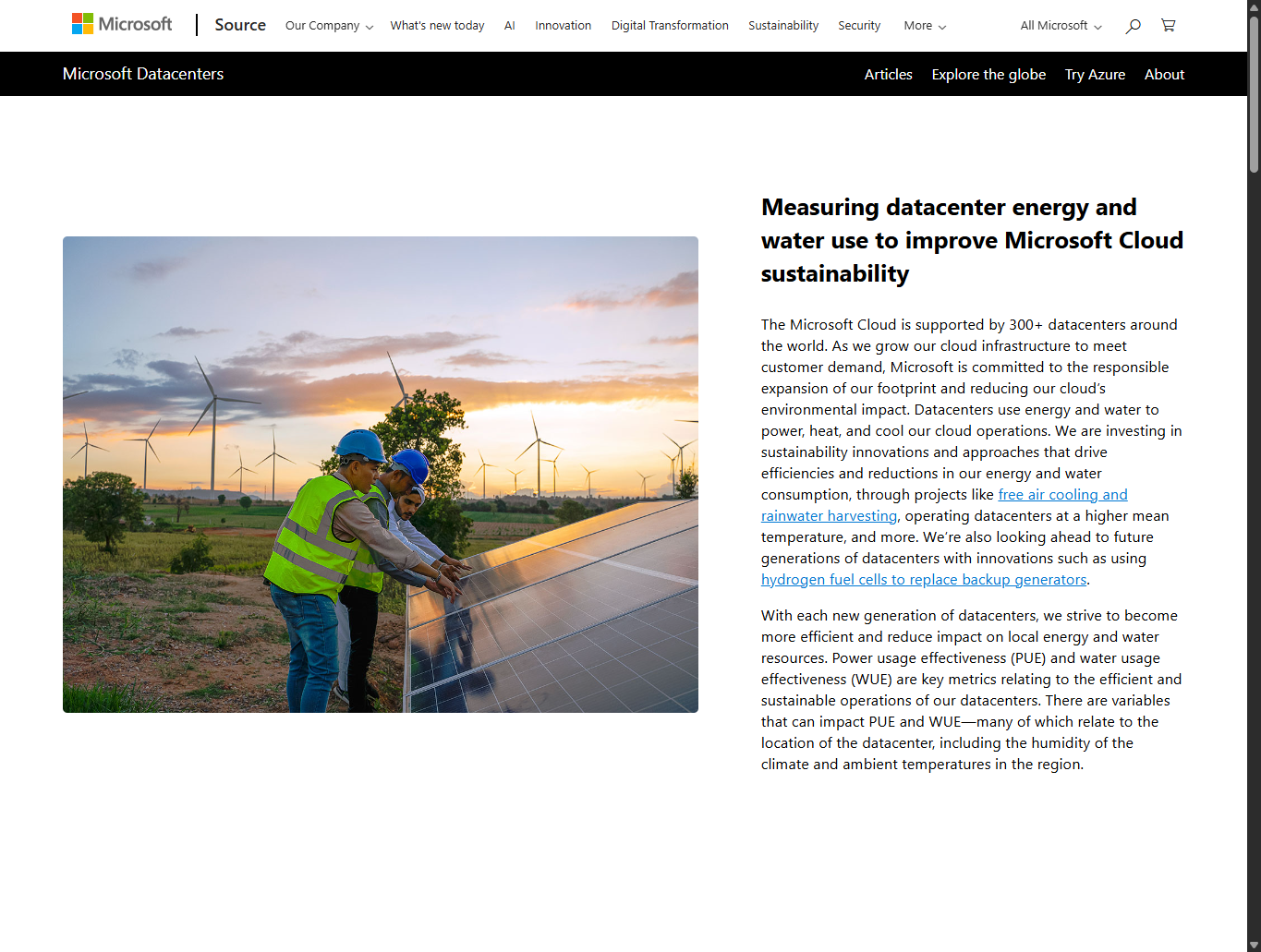
Measuring datacenter energy and water use to improve Microsoft Cloud sustainability
